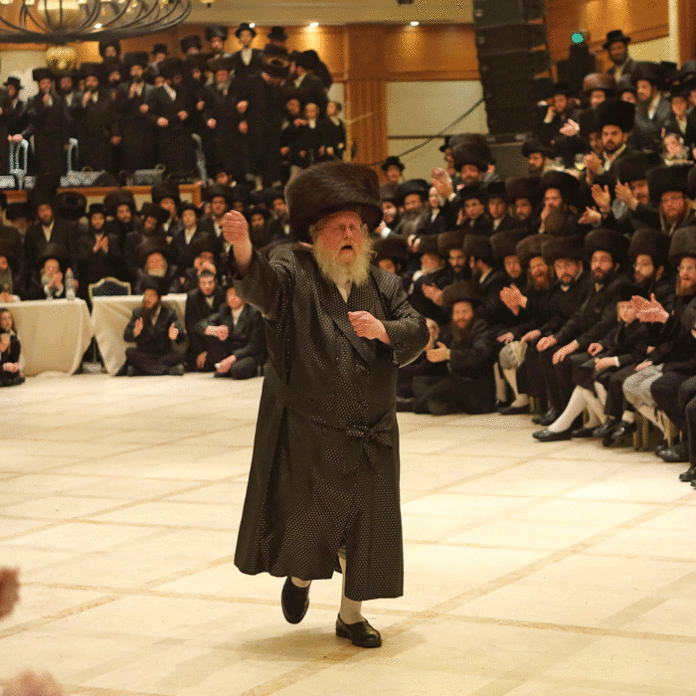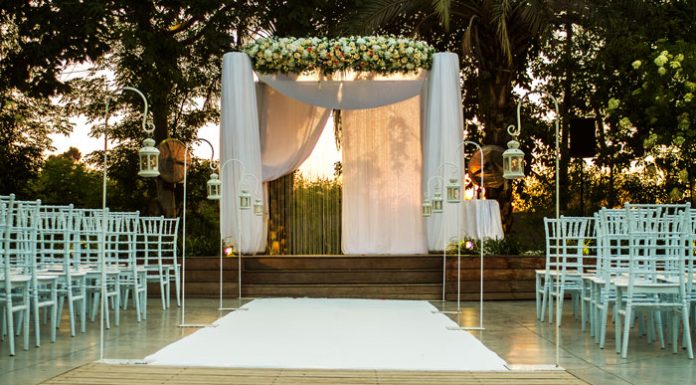“Wherever Hashem sends me is where I go,” the Sassover Rebbe tells me when I enter his Boro Park headquarters, where he has been stranded for the past few weeks, ever since Israel closed its airport due to the pandemic. “He sent me here, so here I am.
“Incidentally,” he adds, “I saw a Midrash on Eichah that says that when the Beis Hamikdash was destroyed, the stones were taken by malachim to all the places where shuls would later be built. As the pasuk says [Eichah 4:1], ‘Tishtapeichnah avnei kodesh.’ This means that wherever there is a beis midrash, there is a stone from the Beis Hamikdash. Whether this means an actual stone or something spiritual isn’t the point, and I’m not going to get into it right now. In fact, the Satmar Rebbe quotes a Kedushas Yom Tov that the reason it says that shuls and batei midrash will be part of the Beis Hamikdash is that they have to go back to their source.”
Pedigree and Pedagogues
I had wanted to get to know the Sassover Rebbe for a long time, but COVID-19 has made it easier because his second-story shtiebel with the small office is only a short block away from mine. In fact, I met his rebbetzin before I had the opportunity to meet him. A few weeks ago she paid a visit to my mother, as her late father Rav Dovid Moshe Rosenbaum, the Kretchnifer Rebbe of Rechovot, was my mother’s first cousin, their mothers having been sisters.
When I tell the Sassover Rebbe that I merited to know his shver, his immediate response is “possibly better than I did.” I’m actually surprised that he knew him at all. The Kretchnifer Rebbe passed away suddenly during a visit to his hometown in Romania in July 1969, at the age of 44.
“He was niftar when I was a bachur, but I met him twice when I was a boy,” he explains. “My shver paid a visit to my father in Elul 5725 [1965] when he came to Kiryas Yismach Moshe for a bris. My father wasn’t well. He had yene maiseh and passed away around six months later. When I came home from cheder I saw a Rebbe with vaise zukken, a silver cane and a broad hat, along with a group of people. My father motioned me over, so I went and gave him shalom aleichem. The Rebbe asked one of my father’s gabbaim who I was, and he said that I was the Rebbe’s son. He turned to his gabbaim and said, ‘I want this boy as a son-in-law for my Chana.’
“I was only nine years old, so I didn’t really think much about it. Someone asked me how old I was, and I answered that I had just turned nine—this must have been about a week after my birthday. Everyone laughed and that was the end of it. The second time I met him was a few months later, when he came to be sandek at a bris in Kiryas Yismach Moshe and was again mevaker choleh my father. I was there when he said ‘Refa’einu’ for my father, and my father cried. My father always had great respect for my shver. My father lived in Satmar, not in Sighet, where my shver and his family lived, but he would always travel there with his [uncle and] shver [from his first marriage], the Satmar Rebbe, for the yahrtzeits. That’s how he got to know my shver’s father, Rav Eliezer Volf of Kretchnif.
When he came to visit my father that last time everyone was very excited, even though by then he was suffering terribly because he’d had an operation, after which he forgot most of his learning and lost his will to live. He once tested me on Maseches Gittin, and it took him a few minutes to remember what a get was.





















